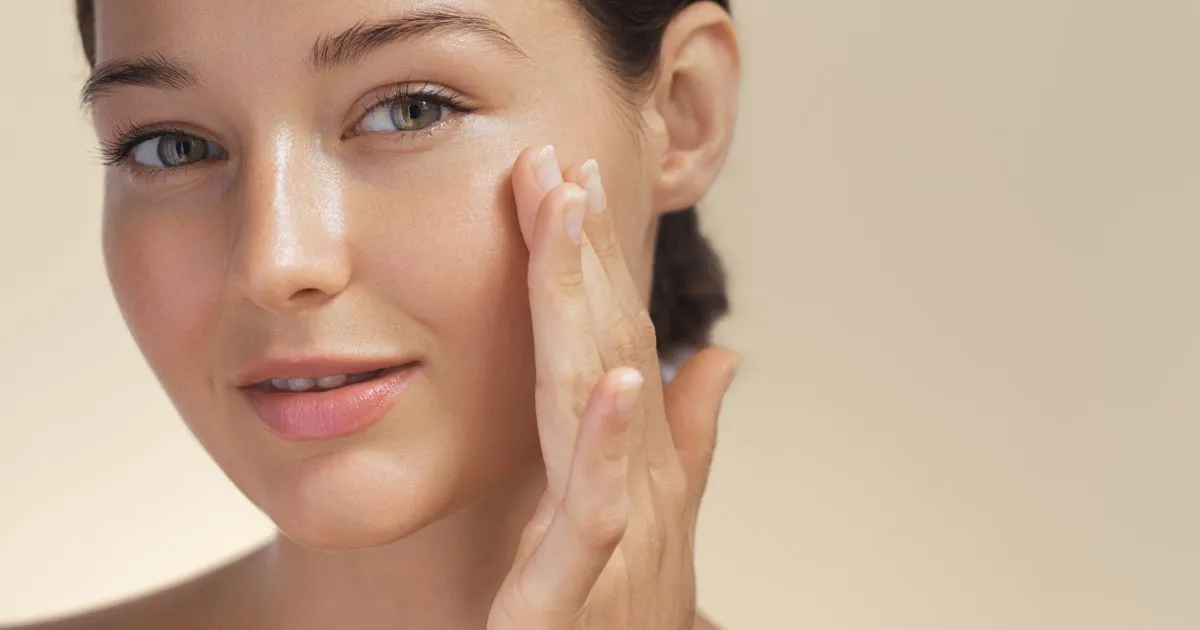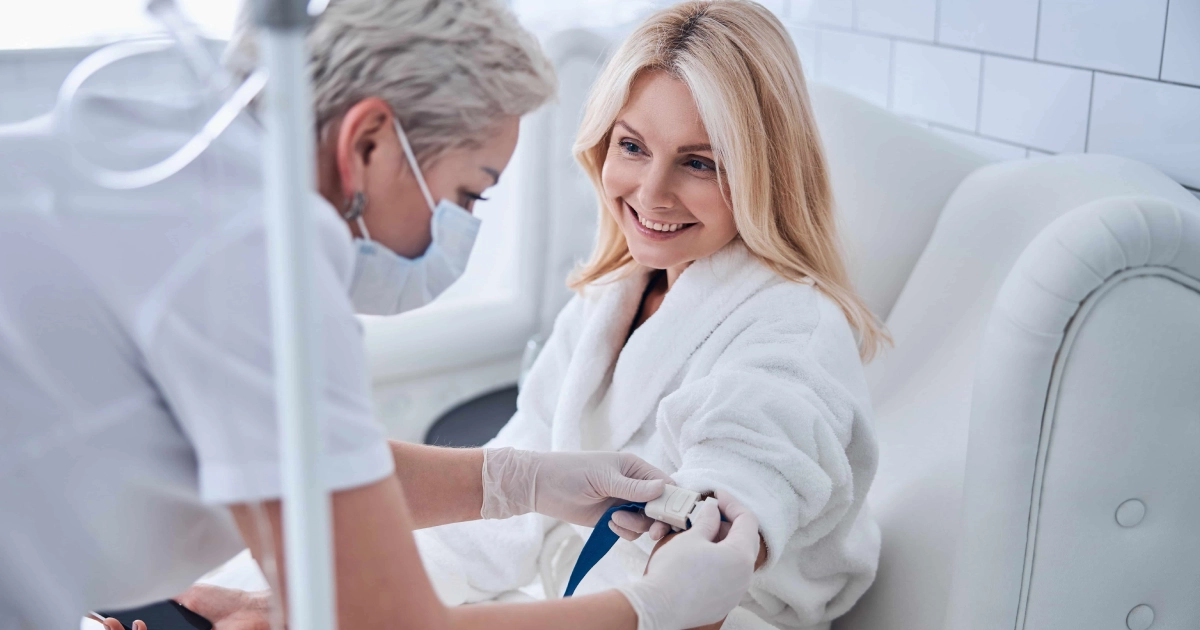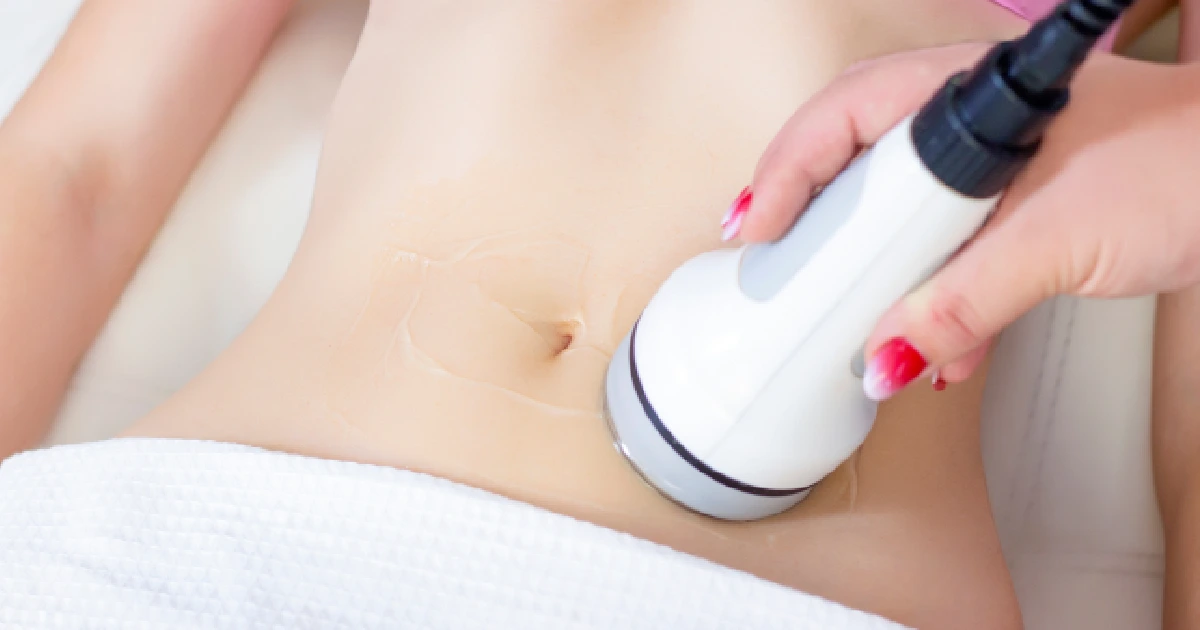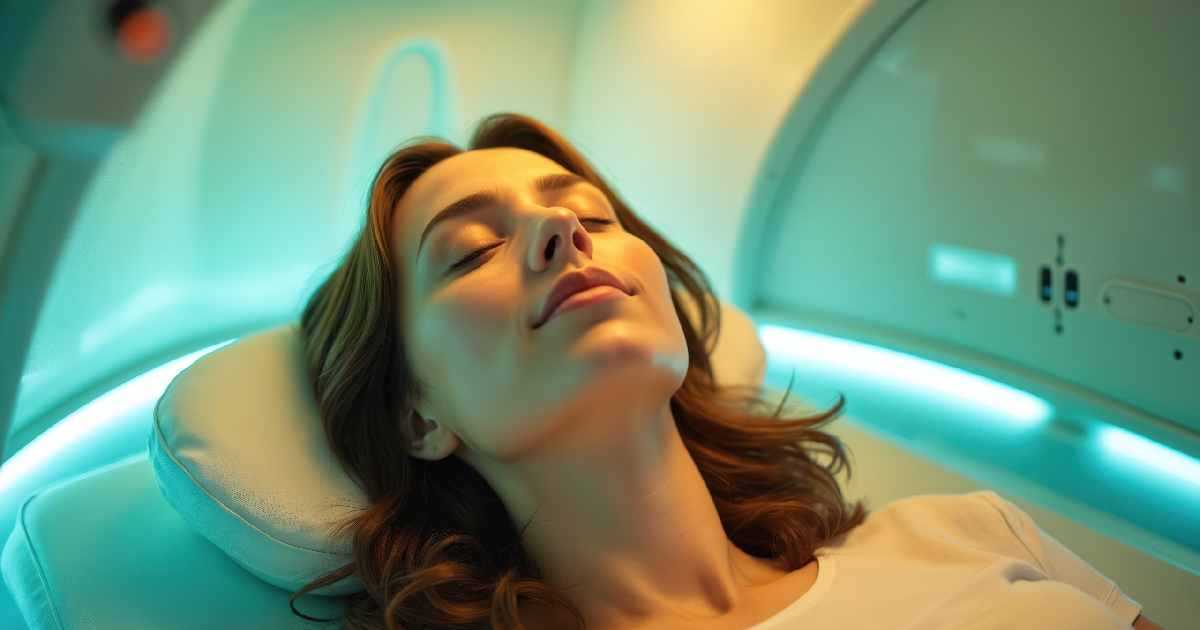Table of Contents
Are you considering a chemical peel in Baltimore, MD, to address hyperpigmentation concerns? At InVein Spa, we understand the importance of providing effective treatments and ensuring proper aftercare to maintain and enhance your results. In this comprehensive guide, we’ll explore essential tips for preventing hyperpigmentation relapse following a chemical peel treatment.
Understanding Chemical Peels and Hyperpigmentation
What is a Chemical Peel?
A chemical peel is a cosmetic procedure that involves applying a solution to the skin to remove its outer layers. This process stimulates the body’s natural healing mechanisms, promoting the growth of new skin cells. The result? Smoother, younger-looking skin with improved texture and appearance.
Chemical peels can effectively address various skin concerns, including:
- Fine lines and wrinkles
- Acne scars
- Hyperpigmentation
- Uneven skin tone
- Sun damage
Depending on your specific needs, you may benefit from a single treatment or a series of peels to achieve optimal results. The effects of a chemical peel typically last several months, making it an excellent option for those seeking long-term skin improvement.
Chemical Peels for Hyperpigmentation
Chemical peel for pigmentation is a popular treatment option for those struggling with uneven skin tone and dark spots. By removing the outer layer of skin, chemical peels can effectively reduce the appearance of hyperpigmentation, leaving you with a more even complexion.
Hyperpigmentation occurs when certain areas of the skin produce more melanin than others, resulting in dark patches or spots. Common causes of hyperpigmentation include:
- Sun exposure
- Hormonal changes
- Inflammation or injury to the skin
- Certain medications
Chemical peels work to address hyperpigmentation by:
- Removing the top layer of skin containing excess pigment
- Stimulating cell turnover to reveal fresher, more evenly toned skin
- Inhibiting melanin production in treated areas
The Importance of Post-Peel Care
While a chemical peel can significantly improve skin appearance, proper aftercare is crucial to maintain results and prevent hyperpigmentation from recurring. Let’s explore some essential tips to help you get the most out of your treatment.
1. Sun Protection is Non-Negotiable
After a chemical peel, your skin is more sensitive to UV rays, making sun protection critical. Exposure to UV radiation can undo the effects of your chemical peel and lead to new hyperpigmentation. Here’s what you need to do:
- Apply a broad-spectrum sunscreen with at least SPF 30 daily, even on cloudy days
- Reapply sunscreen every 2 hours, especially if you’re outdoors
- Wear protective clothing, such as wide-brimmed hats and long sleeves
- Avoid direct sun exposure, particularly during peak hours (10 am to 4 pm)
- Consider using a physical sunscreen containing zinc oxide or titanium dioxide for added protection
- Don’t forget often-overlooked areas like the ears, neck, and hands
Remember, consistent sun protection is key to maintaining your results and preventing future hyperpigmentation.
2. Keep Your Skin Hydrated
Proper hydration is key to supporting your skin’s healing process and preventing irritation that could lead to hyperpigmentation. A well-hydrated skin barrier is better equipped to protect against environmental stressors and maintain an even tone. Follow these hydration tips:
- Use a gentle, fragrance-free moisturizer recommended by your practitioner
- Apply moisturizer to damp skin to lock in hydration
- Consider using a humidifier in your home to add moisture to the air
- Look for moisturizers containing ingredients like hyaluronic acid, glycerin, or ceramides
- Drink plenty of water throughout the day to support overall skin health
- Avoid hot showers and harsh soaps that can strip your skin of natural oils
3. Avoid Picking or Peeling
It’s natural for your skin to flake or peel after a chemical peel treatment. However, resist the urge to pick at or forcefully remove peeling skin. Doing so can lead to:
- Increased risk of infection
- Potential scarring
- Uneven healing that may result in hyperpigmentation
- Prolonged redness and irritation
Let your skin shed naturally, and gently pat your face dry after cleansing. If you’re experiencing excessive peeling or discomfort, consult your practitioner at InVein Spa for guidance.
4. Follow a Gentle Skincare Routine
In the days following your chemical peel, treating your skin with extra care is crucial. Here’s what to keep in mind:
- Use a mild, non-foaming cleanser
- Avoid exfoliating products or tools until your skin has fully healed
- Skip hot showers or saunas, as excessive heat can irritate your skin
- Wait at least 24-48 hours before applying makeup (follow your practitioner’s specific instructions)
- Avoid using products containing retinoids, alpha-hydroxy acids, or benzoyl peroxide until your skin has healed
- Pat your skin dry gently instead of rubbing
- Use cool compresses if you experience any discomfort or swelling
5. Incorporate Brightening Ingredients
Once your skin has healed, consider incorporating brightening ingredients into your skincare routine to help maintain your results. Some effective options include:
- Vitamin C: A powerful antioxidant that can help even skin tone and protect against environmental damage
- Niacinamide: Known for its ability to reduce the appearance of dark spots and improve overall skin texture
- Kojic acid: A natural ingredient that can help lighten hyperpigmentation
- Licorice extract: Contains glabridin, which has been shown to have skin-lightening properties
- Arbutin: A natural derivative of hydroquinone that can help inhibit melanin production
Always consult with your practitioner before adding new products to your routine. They can recommend the best ingredients and formulations for your skin type and concerns.
6. Be Patient and Consistent
Achieving and maintaining results from a chemical peel requires patience and consistency. Keep in mind:
- It may take several days to a few weeks to see the full effects of your treatment
- Stick to your recommended skincare routine and follow-up appointments
- Avoid trying new skincare products or treatments without consulting your practitioner
- Take progress photos to track your improvements over time
- Be prepared for potential “purging” as your skin adjusts to increased cell turnover
When to Seek Professional Help
While some redness and peeling are normal after a chemical peel, certain symptoms may indicate a problem. Contact InVein Spa if you experience:
- Severe pain or burning sensation
- Excessive swelling
- Signs of infection (increased redness, warmth, or pus)
- Unusual changes in skin color or texture
- Persistent itching or irritation
- Blistering or scabbing
- Any concerns or questions about your healing process
Our team of experts is always here to address your concerns and ensure your treatment is progressing as expected.
The Role of Maintenance Treatments
To achieve optimal results and prevent hyperpigmentation relapse, you may need multiple chemical peel treatments. At InVein Spa, we can develop a customized treatment plan tailored to your skin concerns and goals. Here’s what you need to know about maintenance treatments:
- Frequency: Depending on your skin type and concerns, you may benefit from treatments every 4-6 weeks
- Combining treatments: We may recommend combining chemical peels with other treatments like microdermabrasion or laser therapy for enhanced results
- At-home care: We’ll provide you with a personalized skincare regimen to use between treatments
- Seasonal considerations: You may need to adjust your treatment schedule based on sun exposure and seasonal changes
Remember, consistency is key when it comes to maintaining your results and preventing hyperpigmentation relapse.
Lifestyle Factors That Impact Hyperpigmentation
In addition to proper post-peel care, certain lifestyle factors can influence your risk of hyperpigmentation relapse:
- Diet: Consume a balanced diet that is packed with vitamins and antioxidants to improve skin health
- Stress management: High-stress levels can trigger inflammation and hormonal imbalances that may contribute to hyperpigmentation
- Sleep: Sleep for 7-9 hours each night to support skin repair and regeneration
- Smoking: Quit smoking, as it can contribute to skin damage and uneven pigmentation
- Hormonal fluctuations: Be aware that pregnancy, menopause, and certain medications can influence skin pigmentation
Conclusion: Embrace Your Radiant Skin
A chemical peel in Baltimore MD can be an effective hyperpigmentation treatment, but the key to long-lasting results is proper aftercare and ongoing maintenance. By following these tips and working closely with the experts at InVein Spa, you can maintain your radiant, even-toned complexion and prevent hyperpigmentation relapse.
Everyone’s skin is unique, and what works for one person may not work for another. That’s why working with experienced professionals who can tailor your treatment plan to your specific needs and skin type is crucial.
Ready to transform your skin? Book your session for Chemical Peels in Baltimore, MD. Let us help you achieve and maintain the clear, glowing skin you’ve always wanted. Your journey to beautifully even-toned skin starts here!








